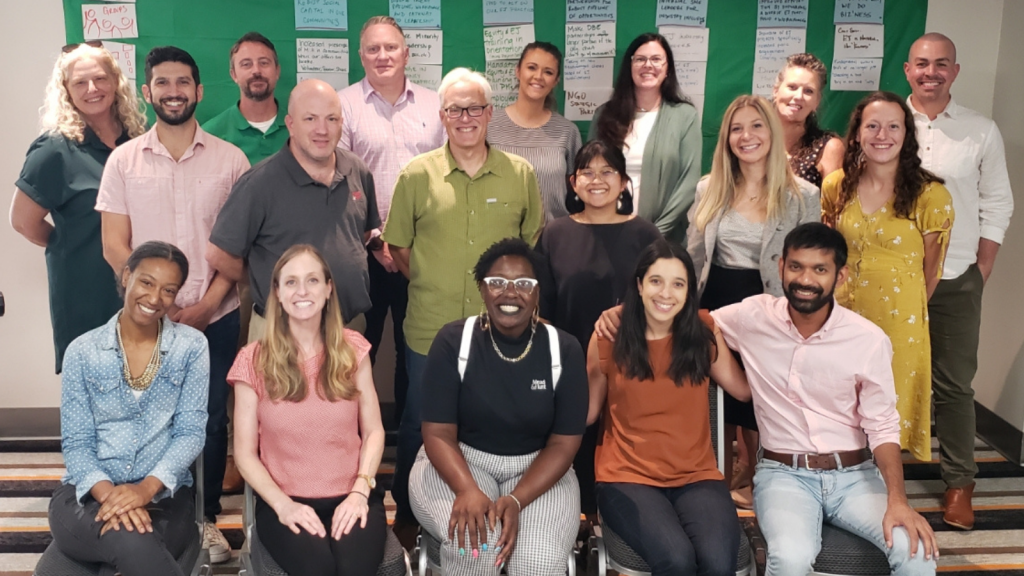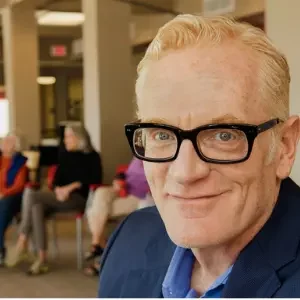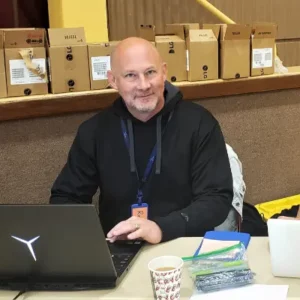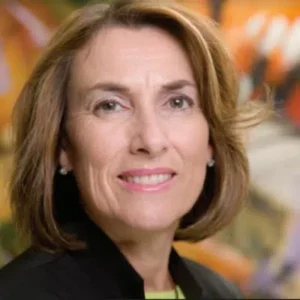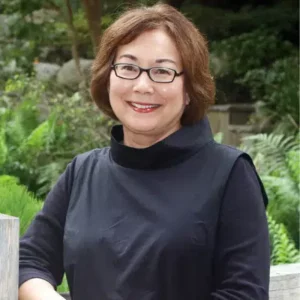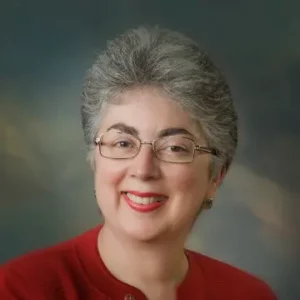Encore Fellow Profiles
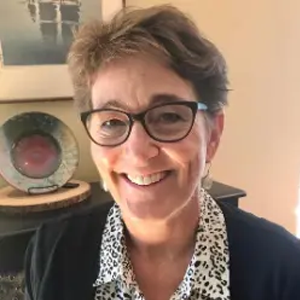
CARRIE KNAPP
Impact Justice
“I knew when I stopped working full time that I wanted to use my skills to benefit an organization doing good work,” says Carrie Knapp, 60, an HR professional who has since completed two Encore Fellowships.
Knapp worked for 30+ years, mostly at Wells Fargo, building expertise in strategic project planning, management and implementation. She heard about Encore Fellowships — short-term, high-impact, paid engagements at nonprofits — from a friend who had a positive experience.
“I care a lot about education and issues around inequity, racial disparity and economic injustice,” says Knapp. “My first Encore Fellowship was with College Track, and my second was with Impact Justice. With both organizations, I stayed on for a second year to work with the teams as a consultant.”
Impact Justice is a national innovation and research center that focuses on creating a more humane, restorative system of justice in the United States. Knapp’s first task: to create a job structure including standard job titles, job descriptions and a salary structure to support equity and ensure everyone at the organization understood roles, responsibilities and compensation.
She then shifted gears to rewrite the employee handbook. “That meant writing a lot of new policies that didn’t yet exist, but were needed.” Most recently, she’s been working on developing a more robust approach to performance management.
“All of my work for Impact Justice has been an incredible opportunity to go very deep with the leadership team and help them to articulate their values and to get aligned,” Knapp says. “I think sometimes HR work can be approached superficially, but that’s just not who I am. When I’m tasked with creating a compensation plan, I work with leadership to understand their values and philosophy to ensure that plan is a good reflection of the values of the organization and what they want to communicate to employees.”
Maureen Vittoria, the chief operating officer at Impact Justice, says having Knapp on the team has been invaluable. “She led our compensation philosophy work and the creation of equitable job and pay structures, our compensation and pay administration practices, and the refinement of our performance management process and our employee policies.”
It adds up to this, Vittoria says: “[Knapp] has been an integral part of Impact Justice’s maturity as an organization.”
Knapp says having meaningful work to focus on during a time of global unrest has been helpful. “To have something to do, so I’m not sitting around and just reading the news, is good for my mental health, for sure,” she says. “Supporting organizations doing good in the world is a wonderful thing. Plus, I get a bit antsy without a challenge.”




